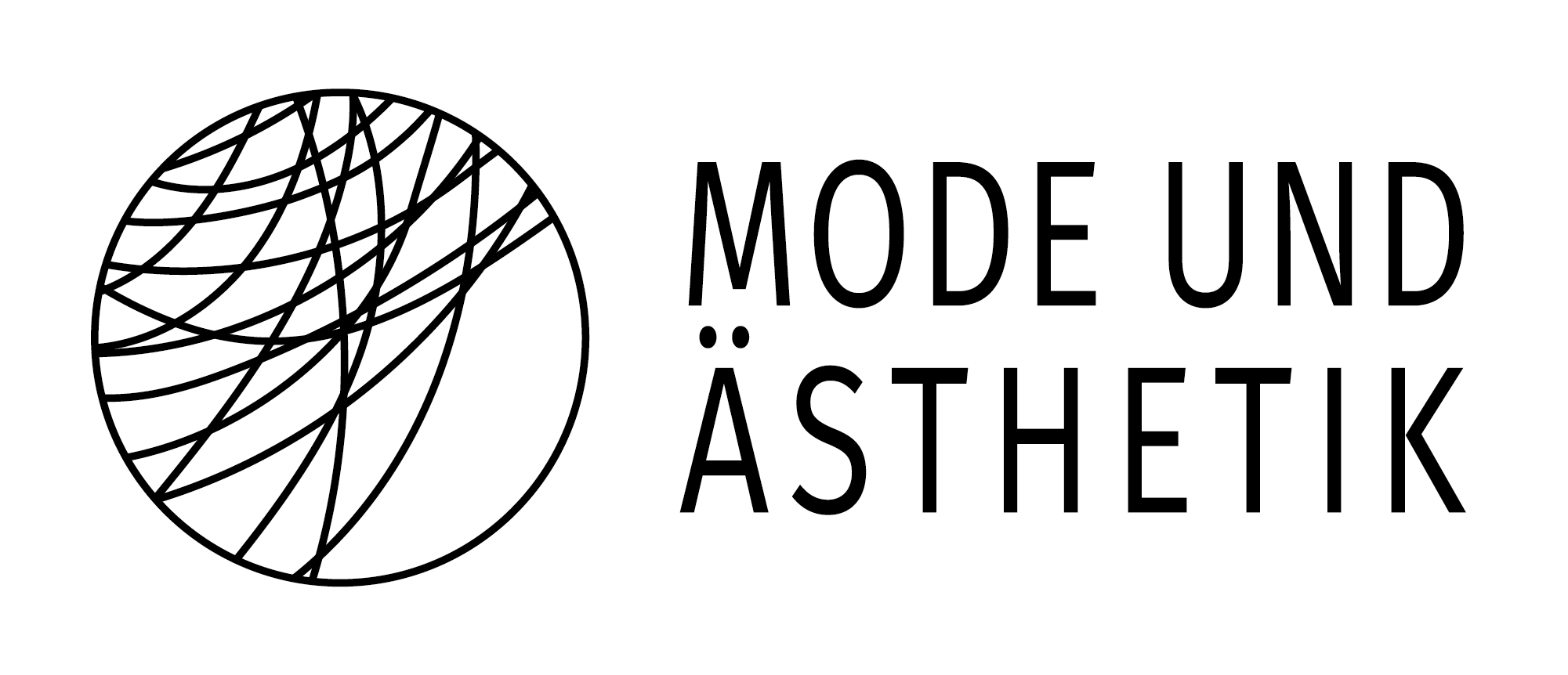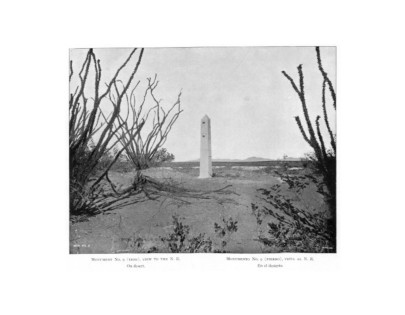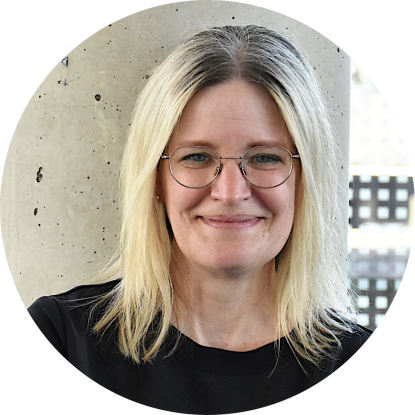Visual Methodologies in Migration Research. How inequalities are being (re-)produced in the image production about migration
Workshop at the 20th IMISCOE Annual Conference, University of Warsaw, Poland
Monday July 3, 2023
13:00 – 14:30, Session #2 workshop
SC Superdiversity, Migration and Cultural Change
Room: 3110
Inequalities and their interwovenness with migration are products of complex processes and are also reflected in the images produced about migration. These include media images, artistic objects, everyday products, and images accompanying political concept papers – in the present as well as in the past. Visual products are not only representations of reality, they also co-produce it.
It is important to analyse the visual constructions of migration, produced in these different contexts and to ask about visibility: Who is visible, and who remains invisible in the representations of migration? How is visibility produced and restricted? How do spaces of migration, as border regions, transit and contact zones etc. become visually manifest? How are identities represented in images of cultural activities in migration societies?
In this workshop, we invite conference participants with interdisciplinary backgrounds such as social sciences, (postcolonial) art history, cultural studies, and anthropology to reflect on how visual methodologies can contribute to migration research. We would like to discuss and strengthen art-historical methods and approaches within migration studies (i.e. in field research) and take a “second look” at the historic roots and structures of how inequalities are produced – with a strong part in visual analysis. How can the production of new images help to overcome exclusionary narratives and structures?
The workshop seeks to open up a multifaceted dialogue on the topic and to bring together different voices, people, and perspectives.
Key Subjects:
1. Artistic practices as objects of migration research
2. Images of migration in field research: visual analysis as method
3. Researching migration with visual methods (i.e. artistic research, visual sociology)
Alexandra Karentzos, Technische Universität Darmstadt, Hanna Büdenbender, Universität des Saarlandes, Joanna Jurkiewicz, Technische Universität Darmstadt
Programm
|
13:00 I Welcome and Introduction Alexandra Karentzos, Technische Universität Darmstadt, Hanna Büdenbender, Universität des Saarlandes, Joanna Jurkiewicz, Technische Universität Darmstadt |
|
|
13:15 I Transitions. Changes. Being on the move. What is that all about? Patricia Prieto-Blanco, Lancaster University |
Trying to go back to spaces of the past is futile. Instead, nomadic-world-citizens wear their homes in their bodies. They transform meaningless spaces into places of intimate interaction. Thereby, they wander the world and are always at home. And abroad. At the same time. They are composites, assemblages on perpetual construction. This body of work explores the transitions of two nomadic-world-citizens who left their country of origin several years ago. They have moved houses a few times. However, their search for home is still ongoing. Bringing together all the places where they have lived since they arrived on the green island is a way to become aware of their fractured, yet somehow connected identity. This in turn throw the ball back at you: when does a house become your home? |
|
13:25 I Un/Designing the Borderline Miriam Oesterreich, Universität der Künste Berlin |
Through the example of artist Judy Werthein’s „Brinco sneakers“ (2005), I will question the role of design in the context of borders and migration. Design is a fundamental visual marker of border installations, though artistic design interventions and creative resistance projects may also bear the potential to transgress and subvert real-existing borders? I will discuss the dilemma of ethical questions whether design might be a solution to the contested border dynamics, its designs and causes and effects on agents of the border, and its possible porosization through projects of un-designing which might require a much broader understanding of design itself. |
| 13:35 I Discussion | |
|
13:50 I Participatory Filmmaking at the Moroccan-Spanish Border – a conversation between Irene Gutiérrez Torres, Vrije Universiteit Brussel & University Carlos III of Madrid, and Rhea Dehn Tutosaus, Technische Universität Darmstadt |
This conversation discusses the interplay between border art theory and filmmaking as practices carried out by the „inhabitants of the border(s)“, who are essential knowledge producers for understanding the border. Specifically, it addresses how participatory filmmaking provides new ways of knowing the Moroccan-Spanish border from the perspective of its inhabitants rather than from a supposedly objective point of view common to colonial thought. Focusing on the entanglements of artistic methodologies, visuality and knowledge production, the authors situate reflexivity, positionality and gender as crucial elements in understanding the border from the negotiation of their own perspectives, that of an art theorist and an indigenous filmmaker who inhabit this borderland. |
| 14:10 I Discussion | |





